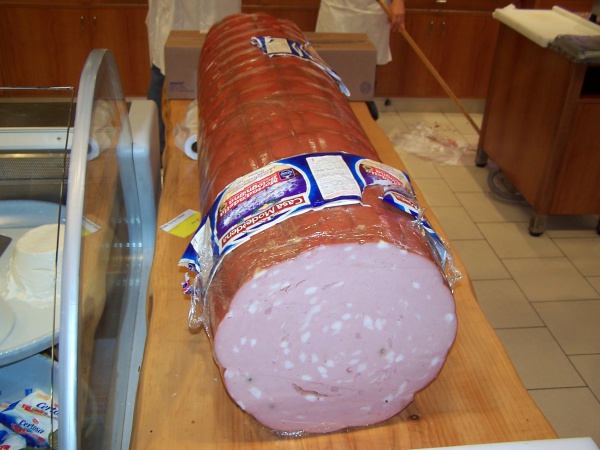Facts About Mortadella
Mortadella is a cherished Italian sausage, renowned for its large size and rich flavor. Crafted from finely ground, heat-cured pork, it contains at least 15% small cubes of pork fat. Traditionally, it is seasoned with black peppercorns, but contemporary recipes may also include pistachios or myrtle berries for an enhanced flavor profile.
The most celebrated variety is Mortadella Bologna IGP, but you can find numerous versions throughout Italy, some even made with different meats. The name "mortadella" has uncertain origins; it might derive from the Latin word "mortarium" (mortar) or from an ancient Roman sausage flavored with myrtle berries. Mortadella has been an integral part of Bologna's culinary tradition since at least the 14th century.
There are several types of mortadella, with Mortadella Bologna enjoying Protected Geographical Indication status. Other notable varieties include Mortadella di Prato, Mortadella of Amatrice, and Mortadella di cavallo. The American sausage known as "bologna" actually derives its name from Bologna's mortadella.
Mortadella is not just an Italian favorite; it is popular in Spain, Portugal, South America, Eastern Europe, the Middle East, North Africa, the United States, Ukraine, Russia, and East Asia. Each region adds its unique twist, incorporating local flavors and ingredients.
In the U.S., a similar sausage called bologna is common, with varieties such as olive loaf. Interestingly, mortadella imports were banned in the U.S. from 1967 to 2000 due to African swine fever in Italy, but the ban was lifted following a Veterinary Equivalency Agreement.

 Romania
Romania